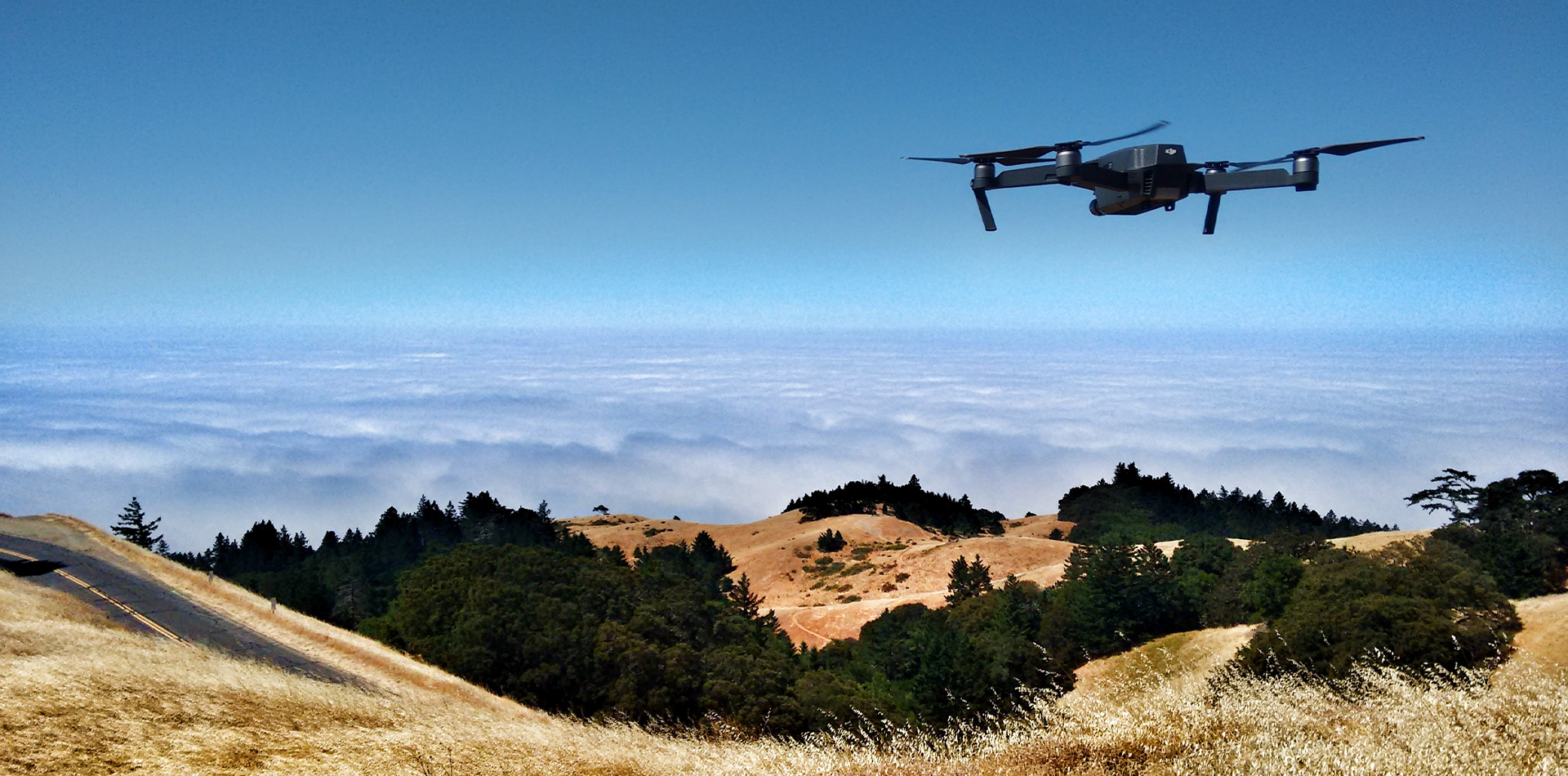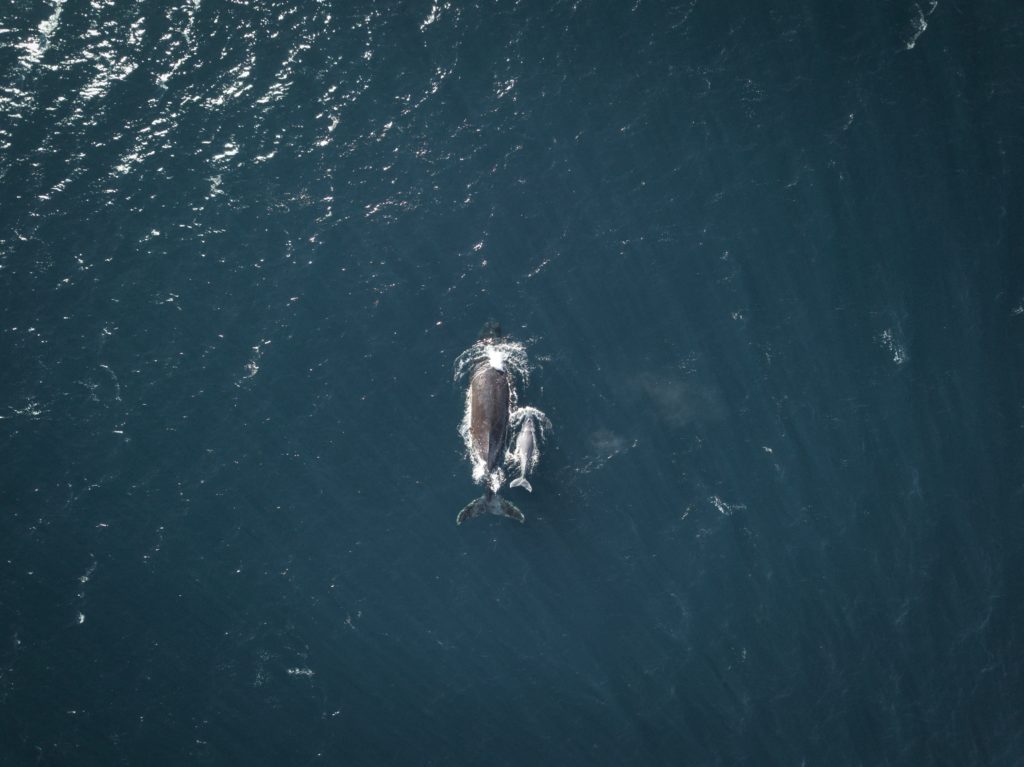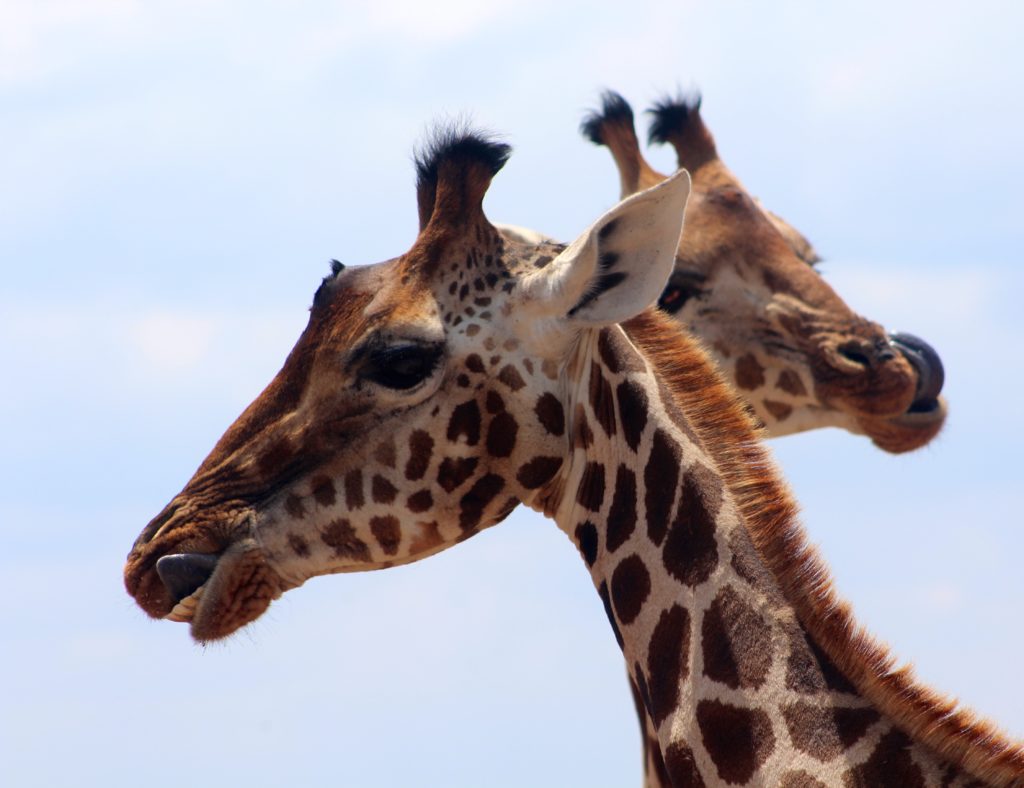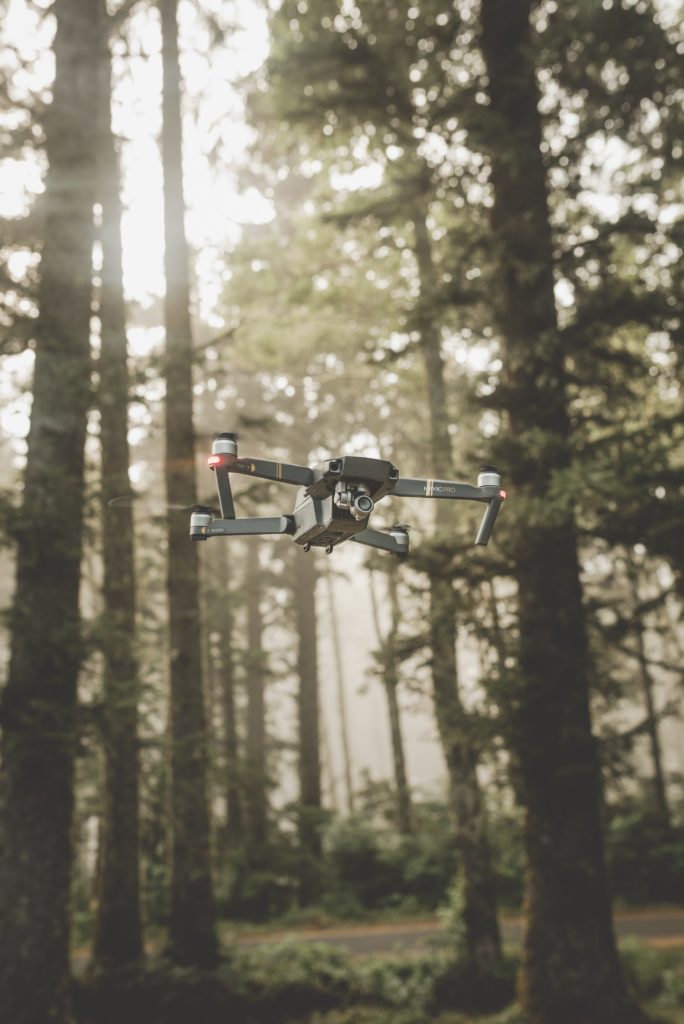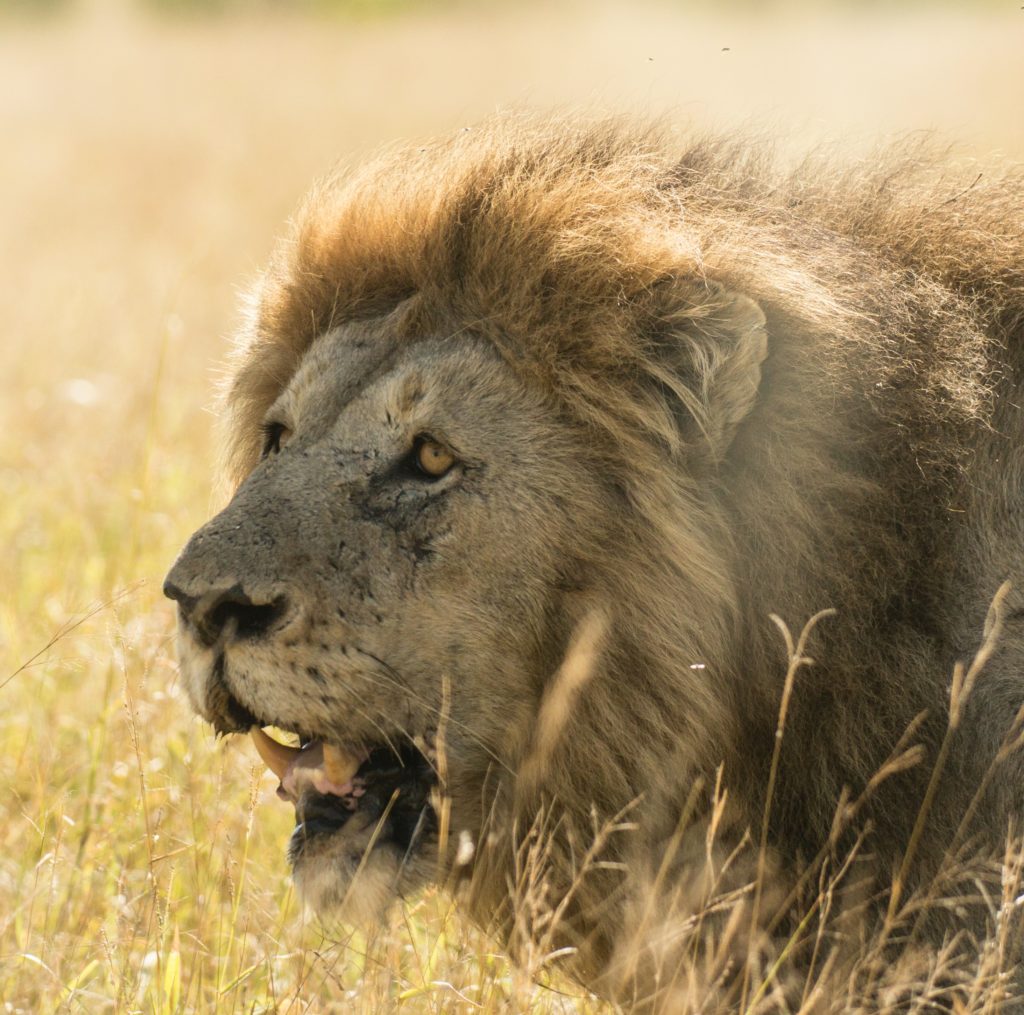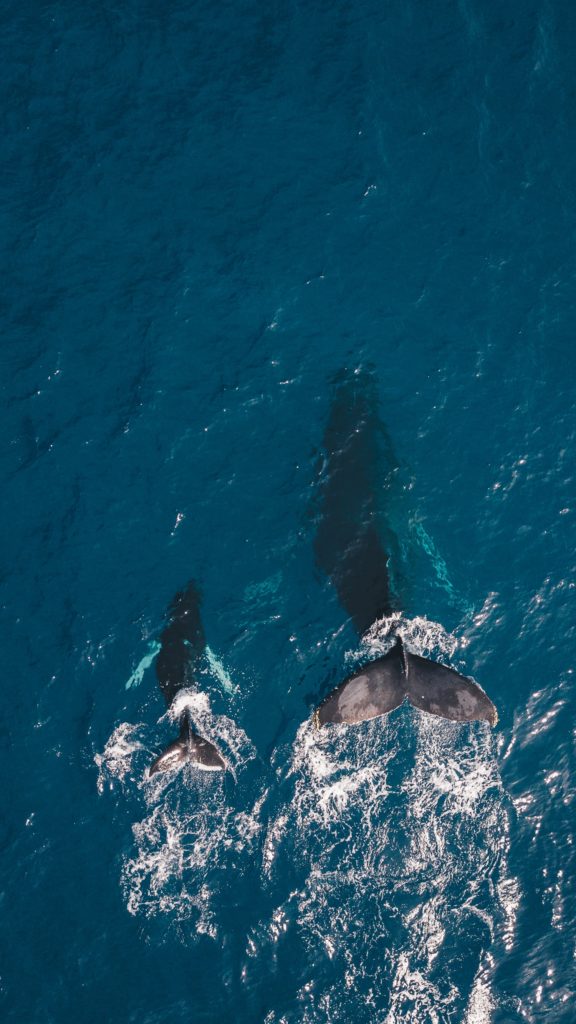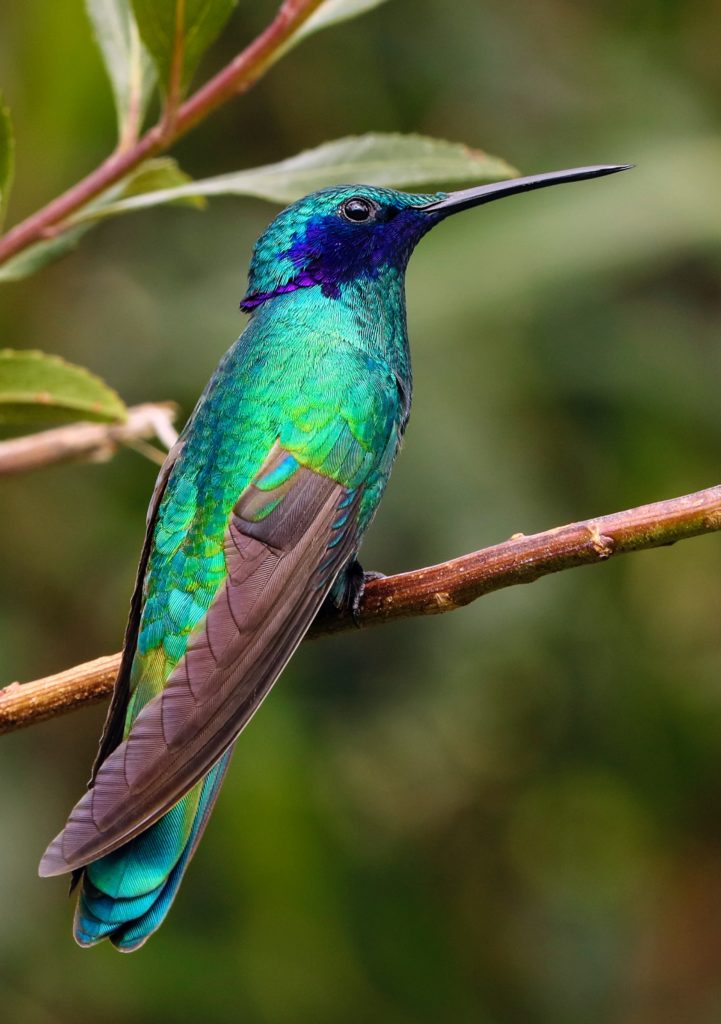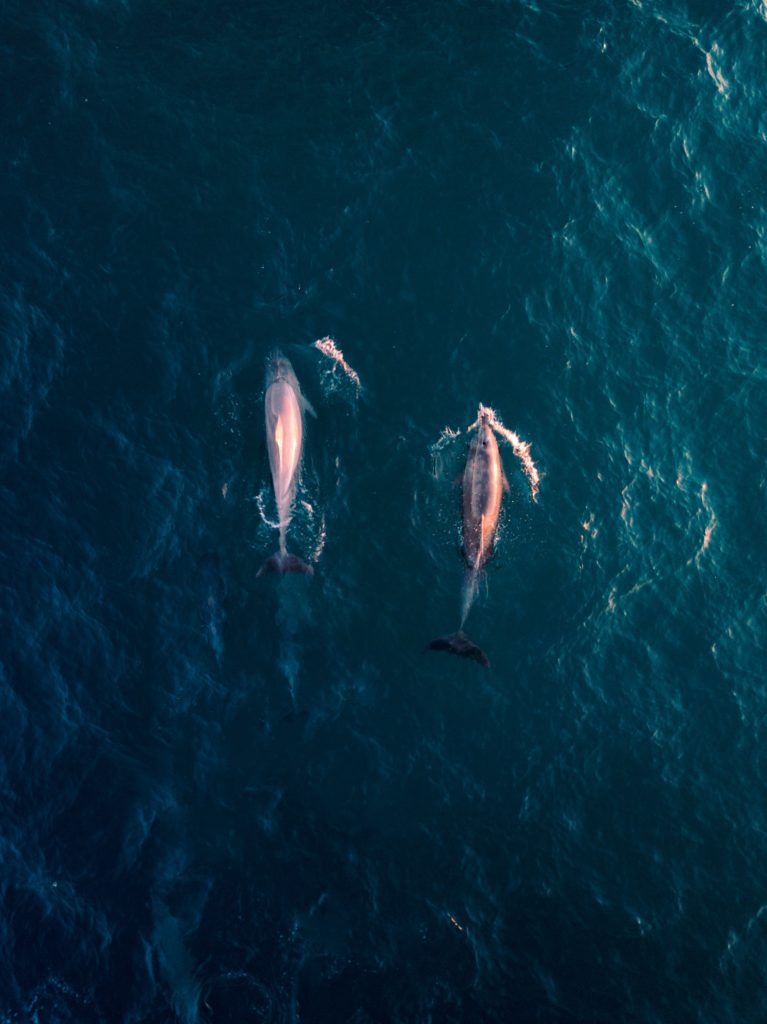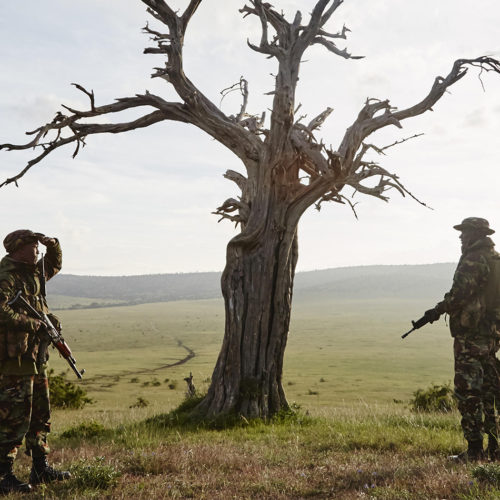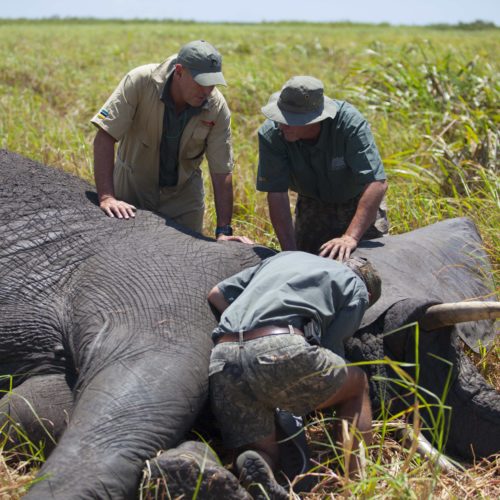It is of high conservation value to monitor species and assess ecological indicators that reflect the health of ecosystems and species most vulnerable to anthropogenic change.
However, challenges arise when protecting species that are elusive in nature, have a large geographical range, or exist at low densities. Current techniques being utilised for monitoring include surveying on-foot, satellite tracking, and camera traps. These are all either highly labour intensive, prone to human error, and may produce limited results at a great expense.
Unmanned aerial vehicles (UAVs), otherwise known as drones, are aircrafts without a person onboard and can operate either autonomously via preprogrammed flight routes or controlled by an individual on the ground. UAVs are becoming gradually less expensive and are increasingly used to monitor wildlife. Although there have been concerns associated with the disturbance of natural behaviour and obtaining permits, this method of data collection generates higher accuracy when calculating the abundance of species than traditional methods. To date, UAVs have been used on many terrestrial and marine fauna, including black bears and elephants, as well as dugongs and turtles. Furthermore, UAVs can now be fitted with thermal imaging cameras and acquire georeferenced images to successfully and geographically pinpoint individuals.



